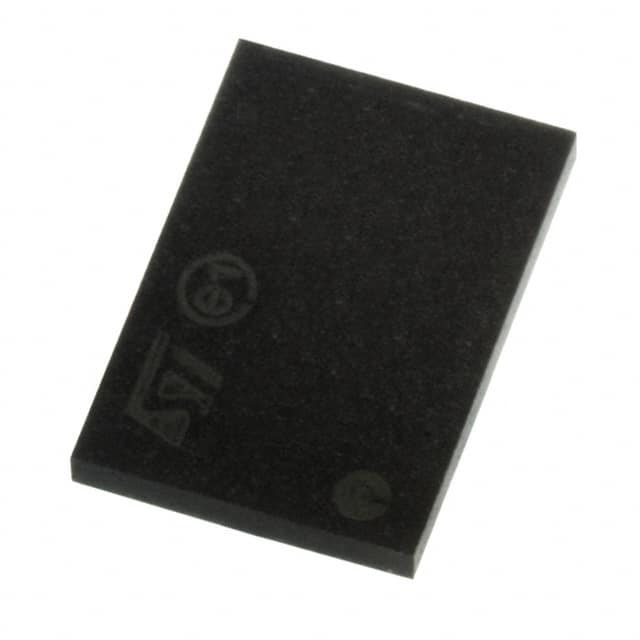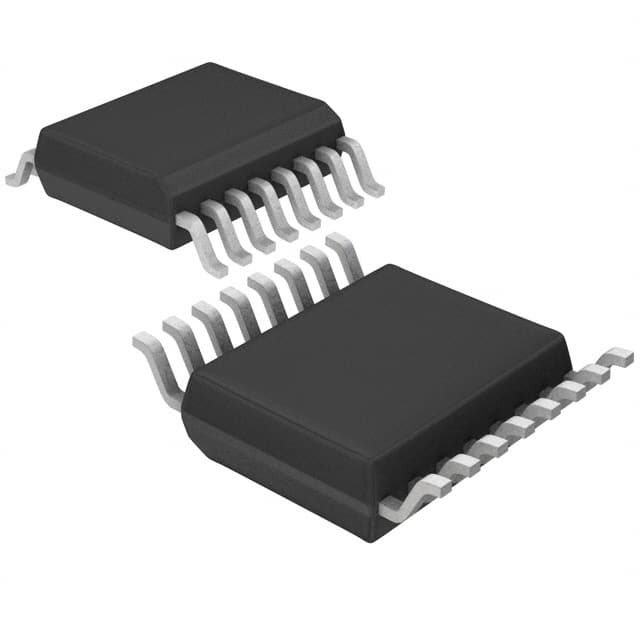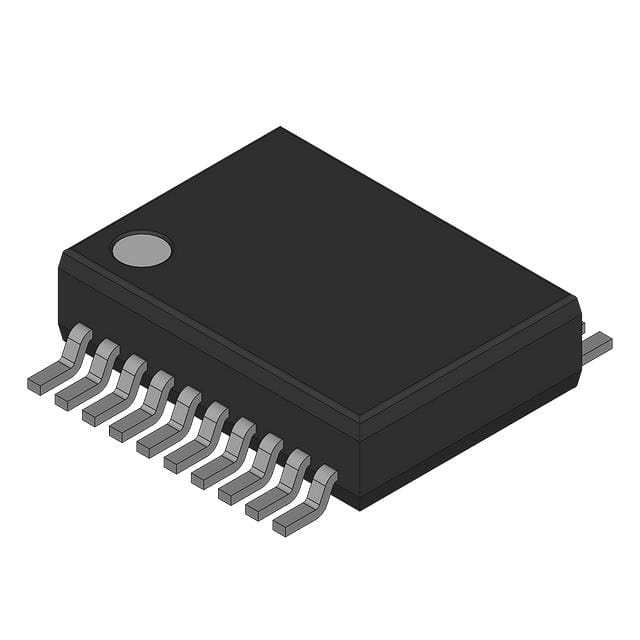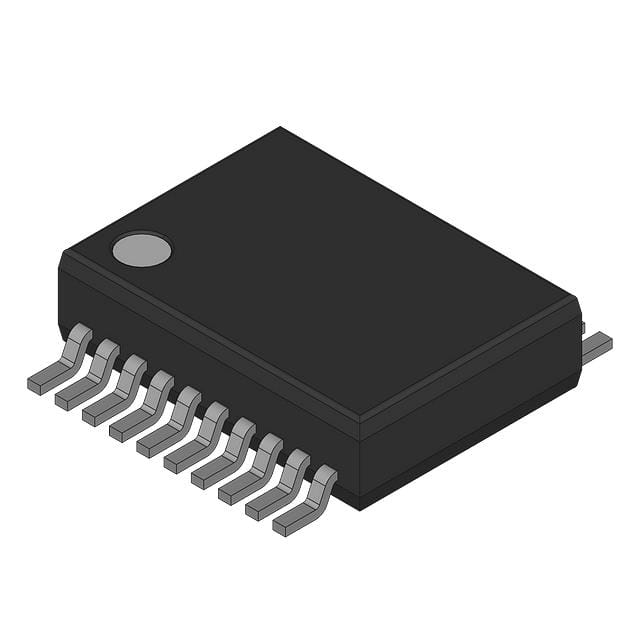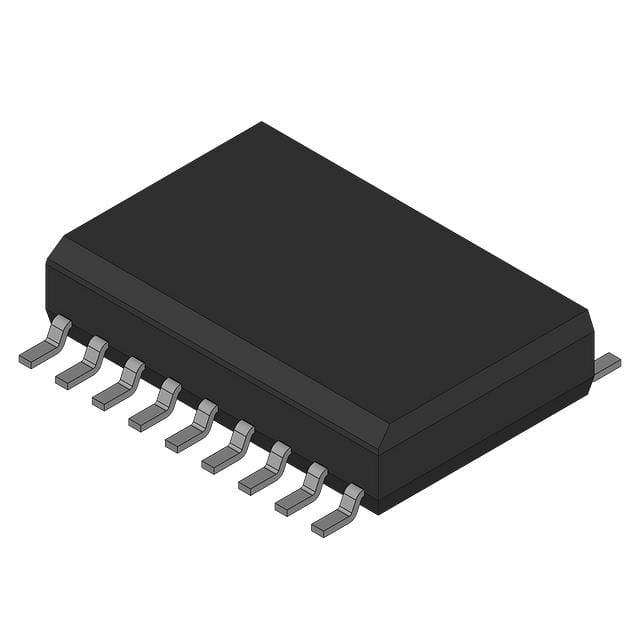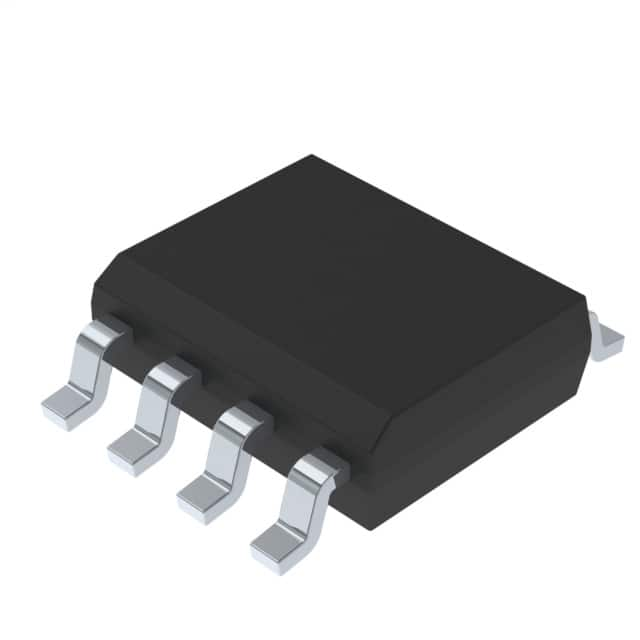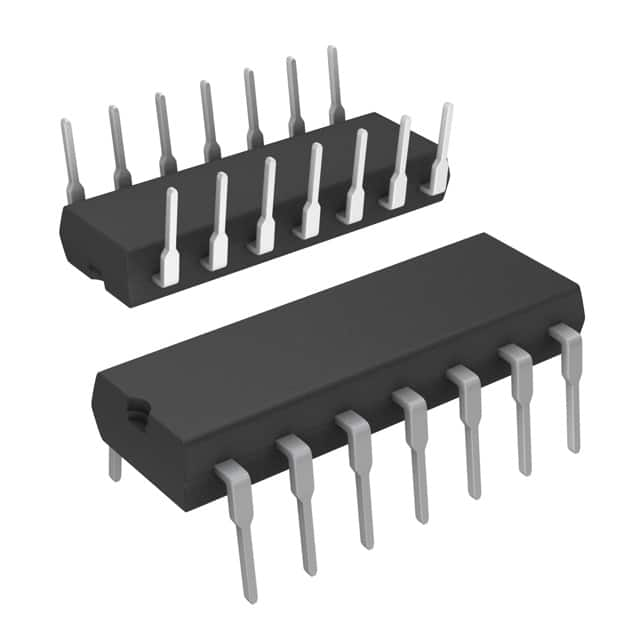74VCX1632245LBR Product Introduction:
STMicroelectronics Part Number 74VCX1632245LBR(Interface - Drivers, Receivers, Transceivers), developed and manufactured by STMicroelectronics, distributed globally by Jinftry. We distribute various electronic components from world-renowned brands and provide one-stop services, making us a trusted global electronic component distributor.
74VCX1632245LBR is one of the part numbers distributed by Jinftry, and you can learn about its specifications/configurations, package/case, Datasheet, and other information here. Electronic components are affected by supply and demand, and prices fluctuate frequently. If you have a demand, please do not hesitate to send us an RFQ or email us immediately sales@jinftry.com Please inquire about the real-time unit price, Data Code, Lead time, payment terms, and any other information you would like to know. We will do our best to provide you with a quotation and reply as soon as possible.
Introducing the STMicroelectronics 74VCX1632245LBR, a cutting-edge integrated circuit designed to revolutionize digital logic applications. This advanced product combines high-performance features with exceptional reliability, making it the ideal choice for a wide range of industries.
The 74VCX1632245LBR boasts an impressive array of features that set it apart from its competitors. With a wide operating voltage range of 1.2V to 3.6V, this IC offers exceptional flexibility and compatibility with various power supply systems. Its low power consumption ensures energy efficiency, making it an excellent choice for battery-powered devices.
This integrated circuit also offers 16-bit bus transceiver functionality, allowing for seamless bidirectional data transfer between two independent buses. Its high-speed operation, with a maximum propagation delay of just 2.5ns, ensures rapid data transmission and processing.
The 74VCX1632245LBR finds applications in a diverse range of fields. It is particularly well-suited for use in telecommunications, where its high-speed operation and low power consumption make it ideal for data transmission and networking equipment. Additionally, its compatibility with various power supply systems makes it a valuable asset in portable devices such as smartphones and tablets.
In conclusion, the STMicroelectronics 74VCX1632245LBR is a state-of-the-art integrated circuit that offers exceptional performance, reliability, and versatility. With its wide operating voltage range, low power consumption, and high-speed operation, it is the perfect choice for a variety of digital logic applications in industries such as telecommunications and portable devices.
Interface - Drivers, Receivers, Transceivers are all important components in integrated circuits (ics) to achieve signal transmission. The driver interface is responsible for converting internal logic signals into signals suitable for long-distance transmission or driving external loads, ensuring signal integrity and stability. It usually includes signal amplification, level switching, and necessary protection circuits to match the electrical requirements of different systems. The receiver interface, by contrast, receives an external signal, converts it to an internal logic level, and performs noise suppression and signal integrity checks to ensure that data is transmitted accurately to the internal circuit. The transceiver interface is a combination of driver and receiver, which can realize the transmission and reception of signals on the same device. It usually includes transmitting and receiving subsystems, transmitting part is responsible for signal generation, modulation and amplification, receiving part is responsible for signal reception, demodulation and processing.
Application
Interface - Drivers, Receivers, Transceivers are widely used in various high-speed communication and signal processing occasions. In network devices such as data centers, servers, and switches, they are key components to implement high-speed interface protocols such as high-speed Ethernet and Fibre Channel. In the field of consumer electronics, such as smartphones, tablets, HDTVS, etc., these interfaces support HDMI, USB, DisplayPort and other high-definition audio and video transmission standards, providing excellent audio and video experience. In addition, in industrial automation, automotive electronics, aerospace and other fields, these interfaces also play an important role in enabling reliable communication and precise control between devices. With the rapid development of the Internet of Things (IoT) and 5G communication technology, the application field of driver interface, receiver interface and transceiver interface will be further expanded, providing powerful communication support for more intelligent and interconnected devices and systems.
FAQ about Interface - Drivers, Receivers, Transceivers
-
1. What is a sensor interface IC?
A sensor interface IC is an integrated circuit used to connect sensors and system processors to realize data conversion and transmission. It is mainly responsible for converting analog signals collected by sensors into digital signals, or performing signal conditioning, amplification, filtering and other processing so that the system can recognize and process them.
The main functions of the sensor interface IC include signal conversion, signal conditioning and data transmission. It can amplify and filter the weak signal output by the sensor to improve the quality and stability of the signal, and then convert the processed signal into a digital signal for the system to process. In addition, the interface IC can also realize multiplexing to improve the efficiency and flexibility of the system.
-
2.
What is a transceiver IC?
A transceiver IC is an integrated circuit that is mainly used to realize the sending and receiving functions of signals. It can be used in different communication systems. According to the specific application scenario, the transceiver IC can realize the conversion between electrical signals and optical signals and radio frequency signals.
The specific types of transceiver ICs include optical transceiver chips and radio frequency transceiver chips. Optical transceiver chips are mainly used in optical fiber communication systems to realize the conversion between optical signals and electrical signals. They are the basic chips of the physical layer of optical fiber broadband networks. Radio frequency transceiver chips are used in radio communications. As a "translator" between radio waves and digital signals, they realize the conversion between baseband signals and radio frequency signals. They are widely used in 5G base stations, industrial Internet, Internet of Vehicles and other fields.
-
3. What is the difference between a transmitter and a transceiver?
The core difference between a transmitter and a transceiver lies in their functions and uses. The transmitter is mainly responsible for converting electrical signals into optical signals and transmitting them through optical fibers; while the transceiver has both transmitting and receiving functions, which can convert electrical signals into optical signals for transmission and also convert optical signals into electrical signals for reception.
The transmitter is usually composed of an optical transmitting module, whose function is to convert electrical signals into optical signals and transmit them through optical fibers. It is mainly used to connect devices that need to send data, such as computers, servers, etc. 12. The transceiver contains two modules, optical transmitting and optical receiving, which can complete the two-way transmission of signals, and can both send and receive data.
 Lead free / RoHS Compliant
Lead free / RoHS Compliant



